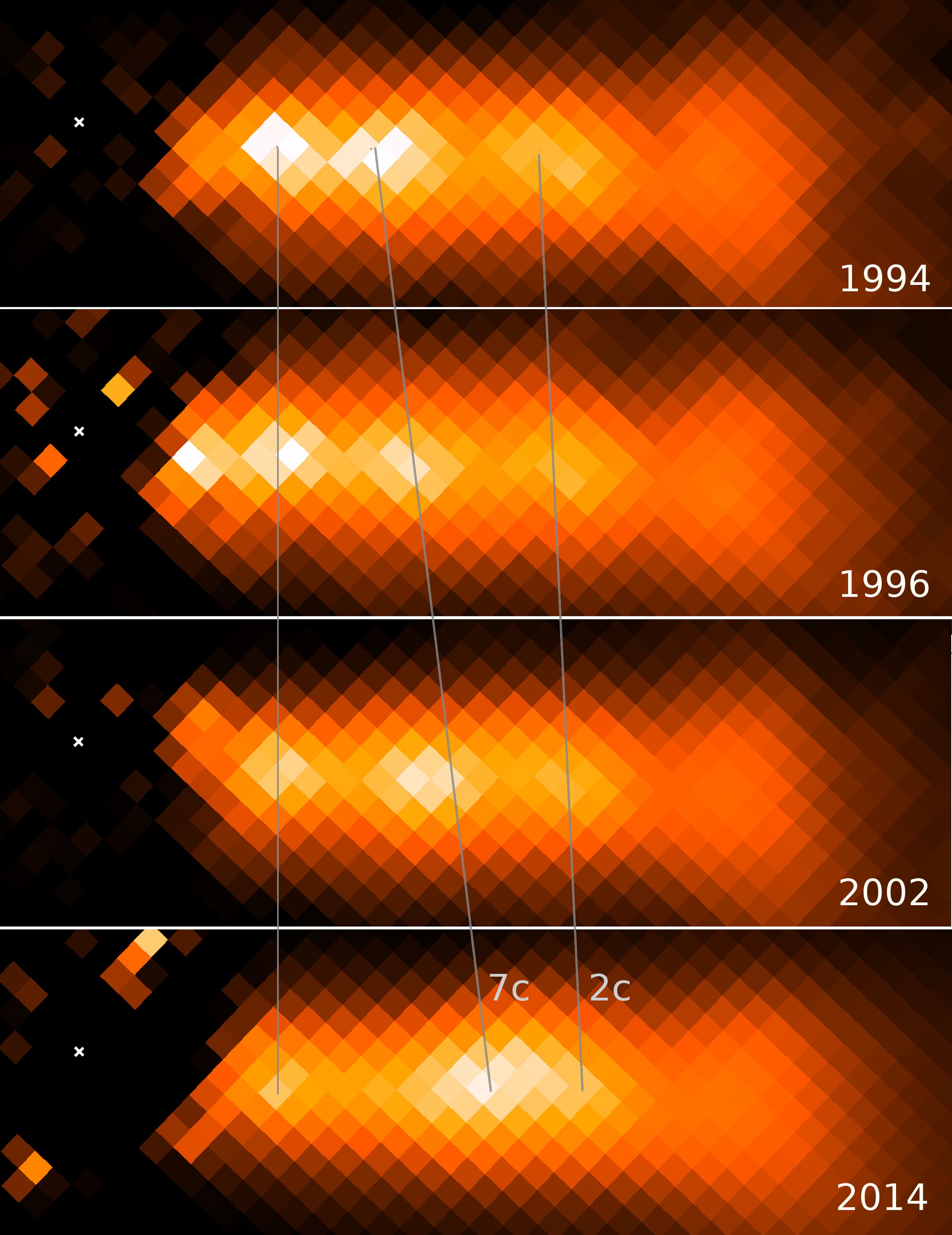|
Title Professor Previous Positions Associate Professor, UMBC, 2021 – 2025 Education Ph.D. Physics – Rice University (Houston, TX), 2012 Professional Interests One of the major problems in astronomy today is understanding how galaxies first formed and evolved through cosmic time to produce the Universe as we see it today. We now know that most, probably all, massive galaxies have a super-massive black hole at their centers. As an observational astronomer, Dr. Meyer is interested in the general question of how the phenomena related to the growth of these black holes affect their wider environment. In particular, she is working to understand the physics and impact of the relativistic jets associated with the most massive black holes, which almost certainly have a major effect on their host galaxies and clusters throughout their lifetimes. Dr. Meyer’s group is unusually adept at using observations across the entire electromagnetic spectrum, from radio wavelengths to TeV gamma-rays. She has won over 400 hours on flagship observatories such as the Very Large Array, ALMA, VLT, the Hubble space telescope, NASA’s Chandra X-ray observatory and Fermi gamma-ray telescope, among others, and the Meyer/Georganopoulos research group has been well-supported in recent years with over $1.7M in funding from NASA and the NSF ($3.4M lifetime total). Dr Meyer’s group regularly collaborates with local scientists at NASA and STScI, as well as others at top Universities around the world. Current students are working on projects ranging from extremely precise measurements of plasma motions in jets using radio interferometry, to studies of X-ray variability in jets as a diagnostic of the X-ray emission mechanism. In addition to her core research area in extragalactic jets and black holes, Dr. Meyer is also interested in developing optical polarimetry instruments for use on small ground-based telescopes like the 32” DFM reflector at the UMBC Observatory. Working with colleagues around the world and with UMBC adjunct professor Bill Sparks (primary affil. SETI), the UMBC group has developed several prototypes with the goal of extremely sensitive circular and linear polarization measurements of astrophysical sources at the parts-per-million level. Interested students from physics or engineering are encouraged to reach out if interested in opportunities in the AstroPol lab. Selected Publications More details of the group’s recent work, press releases and publications can be found at astro.umbc.edu. |

|
